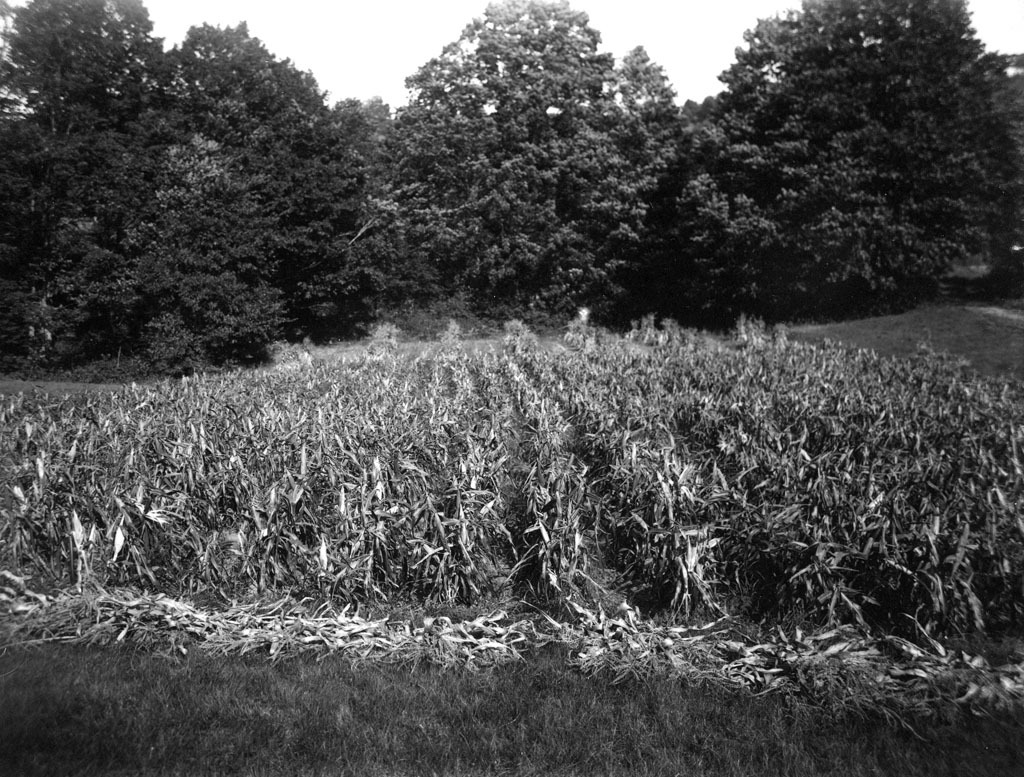How to Take the Train
Published:
The Amtrak overlooks a lot of cornfields in between Chicago and St. Louis. Of course, there are also creek beds, interstates, and cul-de-sacs; minor league baseball stadiums; and a graffitied concrete beam at Union station which reads, “Have a great day.” However, the train’s predominant view consists of corn: row after row of that patchwork Midwest quilt knitted in the Earth. It was strangely captivating.
I used to take the Amtrak at the end of every quarter. I could have driven, if I owned a car, or flown from Midway airport, but the Southwest flight cost \$138, while a single seat on the Texas Eagle, a double-decker corrugated tin snake with polyester blue curtains and no wifi, sold for \$27. It was a slow ride. The lone star locomotive never exceeded 90 mph on its southward journey, and it ran the risk of breaking down or sharing track with sluggish freight trains, which for arcane reasons actually had priority over passenger rail. Over my four years in Chicago, I experienced numerous delays. In fact, my family grew so accustomed to late arrivals that they began timing their pickup based on Find my iPhone rather than the stated schedule, so as to occupy that pale-fluorescent waiting room inside the Gateway Transportation Center for as little time as possible. In one instance, my 9 A.M. departure broke down just outside of Joplin, at 9:40. I spent the next twelve hours texting back and forth about the second engine breaking down as well, the linkup with 11:30’s Texas Eagle to the rescue, and the lack of horsepower that resulted in our combined ten-mile-an-hour crawl across the snowy fields of Illinois. It was December. My family had tickets to A Christmas Carol at 8:30, well after I was scheduled to arrive, but I didn’t make it.
After that, we paid the Southwest fee whenever my arrival coincided with scheduled plans. I took the plane for Christmas parties in St. Louis, Thanksgiving in Kansas City, and vacation in the north woods of Wisconsin. At the same time, I was forming connections in California, where I have twice interned, and Maryland, where I ended up after Chicago. Thus, I have endured the airports of a dozen Midwest towns, as well as those of both the far-flung, non-flyover coasts this country has to offer. I can confidently call myself a fair reviewer of the airborne mode of travel, at least domestically. While flying is convenient, to be sure, the experience leaves much to be desired.
Where the airplane excels in timeliness, the Amtrak offers refuge. Those cardboard cutouts that Southwest calls chairs can hardly hold a candle to the deep cushions and Lazy-boy leg rests that have lulled me half to sleep on more than one occasion, aided in no small part by the gentle swaying of the Texas Eagle’s upper deck and the choruses of Transatlanticism playing through my headphones, unimpeded by the roar of Boeing jets or babies crying. Indeed, despite its tardiness, the train itself came to represent a homecoming in my mind just as much as St. Louis itself. Such was my exhaustion at the quarter’s end that slumber sometimes carried me from one downtown into another. Otherwise, I entertained myself with leisures I could not enjoy while classes culled my time, such as several Netflix seasons or a single game of Civilization VI. Once, in an unusual burst of train-bound productivity, I started programming a Rubik’s cube solver, a tricky project which would occupy my holiday hours in between family gatherings, simply for the fun of it.
In this manner, the train ride always accomplished what flying tends to fail at: transition. A plane is like a hotel elevator, ferrying strangers from one carbon copied hallway to another, leaving little impression of having actually moved other than a ringing in the ear. Hotel hallways are identical by design, and airports, despite their innumerable idiosyncrasies, possess an overwhelming sameness. The same cannot be said of train stations, which, in addition to being generally more charming, inherit character from their surroundings. Even the Gateway Transportation Center, a soulless grey slab squeezed beneath the interstate, boasts a riverside view of downtown St. Louis on approach. I used to end every journey home with a view of the Arch’s ghostly gleam cut right across the moonlit Mississippi, seeming more like a mirage than a reflection. Every city has a tarmac. Only my hometown has that particular stretch of track.
Even the great engine failure of December 2016 stands out fondly in my memory. Dad, not wanting me to miss A Christmas Carol, decided to intercept my Franken-train in Springfield or maybe Lincoln, depending on its progress. These were optimistic estimates. Dad passed through Springfield without stopping, and in Lincoln he called to confirm the locomotive was still crawling through northern Illinois. Hours later, he finally reached me in Bloomington-Normal, a college town situated halfway between St. Louis and Chicago. I disembarked in downtown Normal, and the train slouched on without me. Christmas lights lit up the wintry night. I found Dad’s SUV in the parking lot and loaded my bags into the trunk. The two of us exchanged a warm hug. By then, we had no hope of making the play, so Dad looked up an Irish pub on Apple Maps and bought me dinner. I devoured it hungrily. Then we drove the whole way home, catching up on politics, extended family, and the latest television drama while just outside the endless snow-covered cornfields swallowed up the nighttime highway’s scattered light and faded toward the flat horizon.

